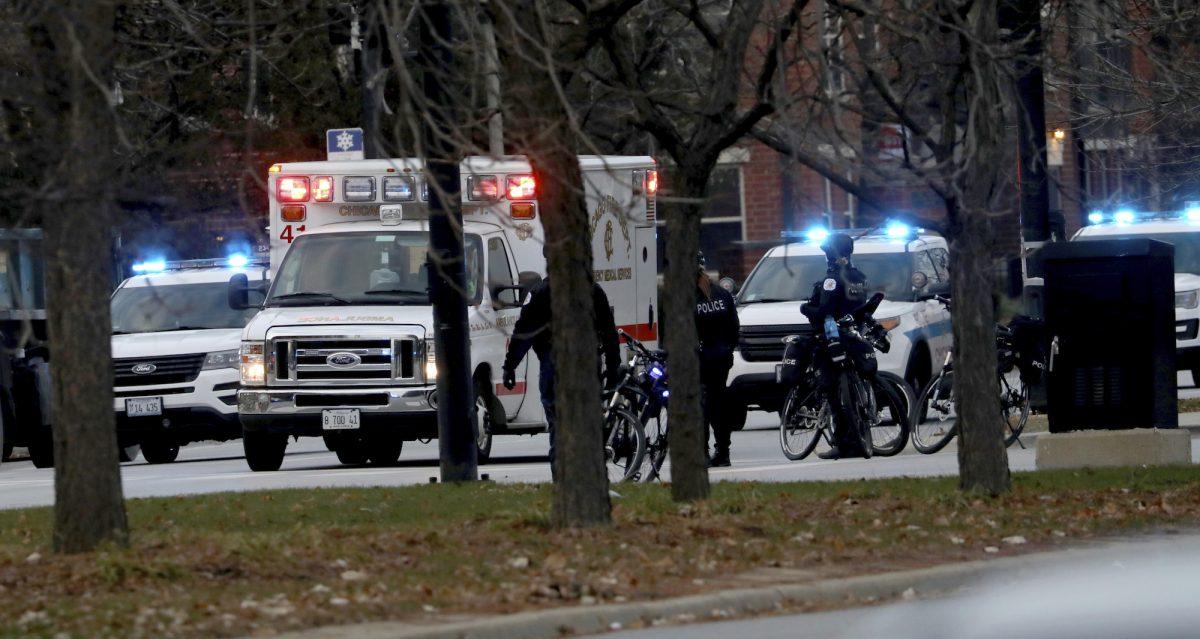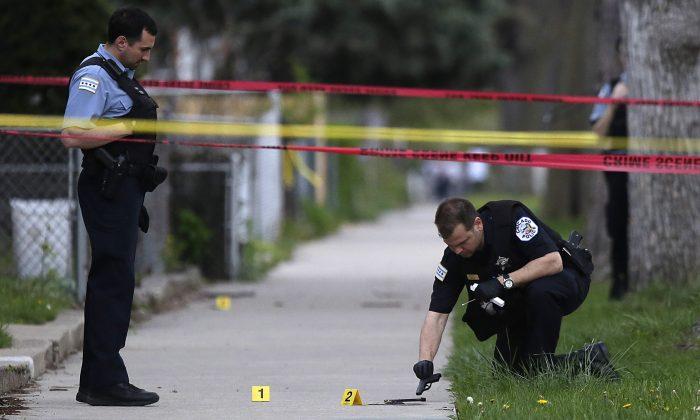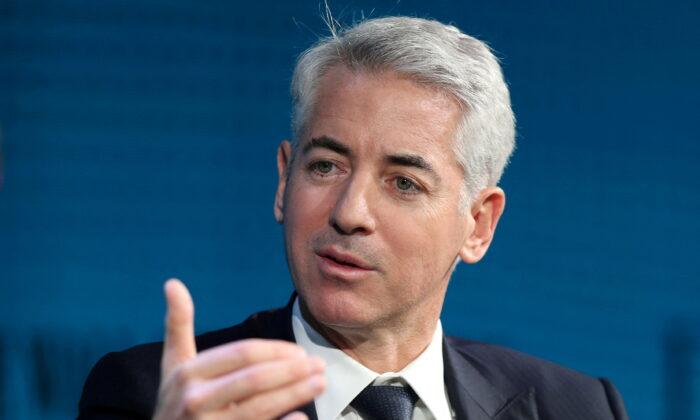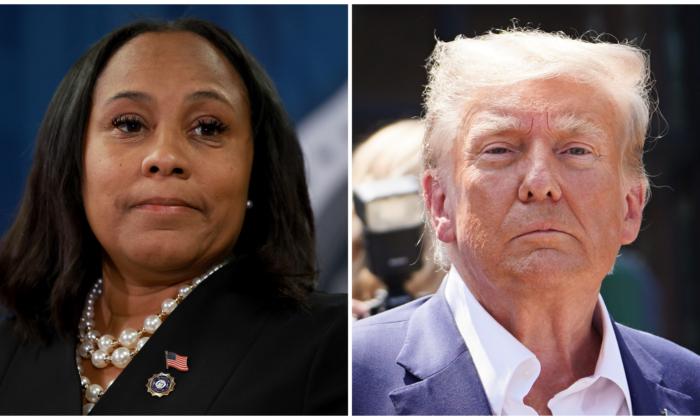Chicago’s Mount Sinai Hospital temporarily stopped accepting patients on the morning of Aug. 4 because they were at maximum capacity following several shootings.
At one point, on Sunday morning, 17 people were shot in hours in a two-mile area on Chicago’s West Side.
In one shooting, seven people were shot in an apparent drive-by shooting at Douglas Park near a playground, according to news reports. On the other side of the park, an hour later, two women were shot. A few blocks away, eight people were hurt in a shooting about one hour later, the Tribune reported.
“As a result of all of those patients from a capacity standpoint we made a decision to go on bypass for a period of time,” the spokeswoman said.
The term “bypass” means that a hospital will ask emergency vehicles to take patients to other hospitals in the area.
Roberta Rakove, senior vice president of external affairs, told Fox that the Douglas Park mass shooting and two car accidents prompted the closure.
Police Chief Eddie Johnson addressed the press about the shootings and made note of the massacres in Dayton, Ohio, and El Paso, Texas.

“You have to stop yourself and ask what will it take before we get a handle on what’s going on,” Johnson said, according to the network. “Not only in Chicago, but across the country.”
Facts About Crime in the United States
Violent crime in the United States has fallen sharply over the past 25 years, according to both the FBI’s Uniform Crime Reports (UCR) and the Bureau of Justice Statistics (BJS) National Crime Victimization Survey (NCVS) (pdf).While the overall rate of violent crime has seen a steady downward drop since its peak in the 1990s, there have been several upticks that bucked the trend.
Between 2014 and 2016, the murder rate increased by more than 20 percent, to 5.4 per 100,000 residents, from 4.4, according to an Epoch Times analysis of FBI data. The last two-year period that the rate soared so quickly was between 1966 and 1968.






Friends Read Free